Crataegus, commonly called hawthorn, Quickthorn, May-tree, Whitethorn, or Hawberry, is a genus of several hundred species of shrubs and trees in the family Rosaceae
Many species of hawthorn make excellent bonsai trees. They are grown and enjoyed for their display of flowers which can be white or red, followed by red berries.


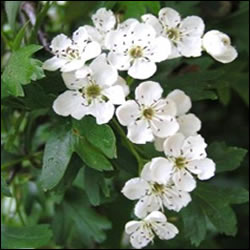

Crataegus monogyna
Known as common hawthorn, one seed hawthorn, is a species of hawthorn native to Europe. It has been introduced in many other parts of the world. It can be an invasive weed.
It is a very good subject for bonsai being readily available for collecting both in the wild and in neglected garden and agricultural hedges. It is quite easy to find old and gnarled specimens, but do remember that every tree has an owner and you must get their permission before digging. If you are fortunate enough to get that do take your time digging and never pull or you get damaged roots and a potentially good tree will not survive.
They are healthy trees, easy to keep in good health but you must watch out for rusts and treat with fungicide.

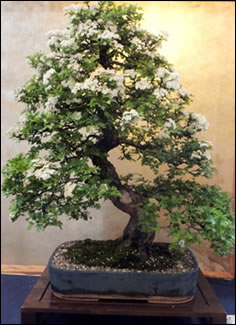
A collected hawthorn, boxed for some years and then styled and carved by Kevin Willson.

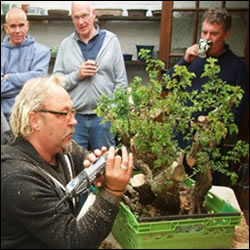
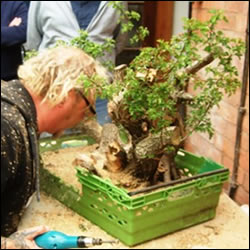
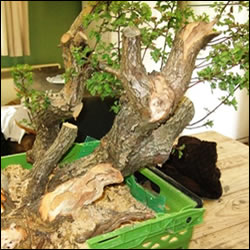
Crataegus cuneata
This a species of hawthorn known by the common name Chinese hawthorn or Japanese hawthorn, depending on which you are buying from. It is native to China, and is widely cultivated in Japan. It is used for bonsai. The fruit can be red or yellow.

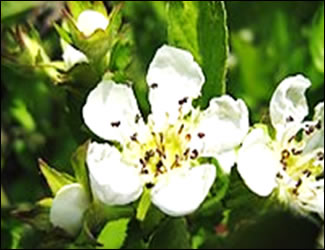
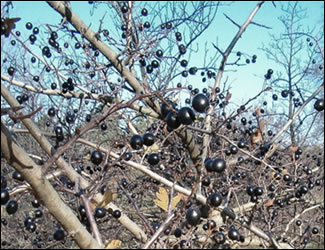
Crataegus pinnatifida
Is usually known as mountain hawthorn, is a small to medium-sized tree, grown usually for its fruit which is bright red, 38 mm in diameter, far larger than other hawthorns. In Chinese, the fruit is called shānzhā and is used medicinally as well for jam and wine. It is sometimes used for bonsai but most frequently in China.
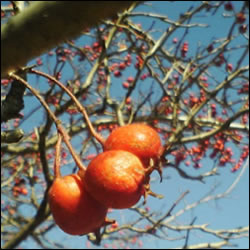

Web design: nysys